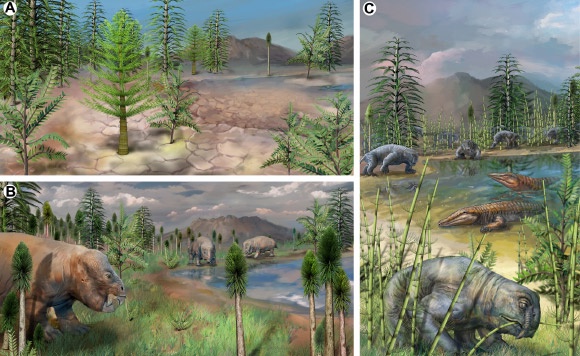Overview
- The Turpan-Hami Basin in China's Xinjiang region served as a refugium for terrestrial plants during the end-Permian extinction 252 million years ago.
- Fossil evidence shows that riparian fern fields and coniferous forests in the area thrived before, during, and after the extinction event, with only a 21% extinction rate for spore and pollen species.
- The stable, semi-humid climate with consistent rainfall of about 100 millimeters annually supported vegetation and migrating animals, fostering rapid ecosystem recovery.
- Tetrapod fossils, including herbivorous Lystrosaurus and carnivorous chroniosuchians, indicate the region's food web recovered over 10 times faster than in other areas.
- Scientists highlight the discovery's relevance for modern conservation efforts, emphasizing the importance of identifying and protecting natural refugia in the face of global environmental change.

